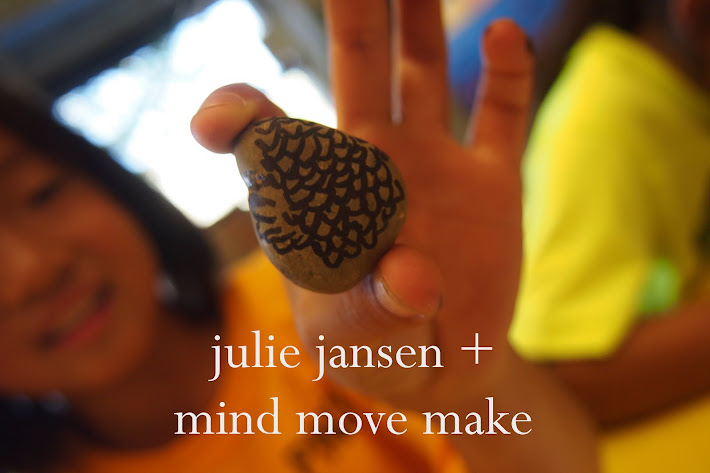 |
| Artwork from a Kindergarten artist |
We've been imagining what it would be like to become an animal, and learning about compassion for other creatures along the way. Over the next few classes we will explore our five senses and contemplate how other animals in our world experience their surroundings. Today we practiced minfulness of sound. I asked the students to pretend their hearing was ultra sensitive, like one of the animals we learned about with incredible hearing. Then we focused on the sounds that existed around us. Afterwards, we discussed all the different things we heard and the students shared which animal they were pretending to be during our mindfulness practice.
Then, during the first part of our movement work the students became the animal they've been working with over the past few weeks. They could move around the room in a way they thought the animal might move. It was fun watching them get into character, and interesting seeing them move their bodies in such different ways depending on the animal they chose! After that we focused on a more traditional yoga practice, working with poses that the students are already familiar with.
After that it was time to continue our animal paintings during the art portion of the class! I passed back the picture of the animal each child chose for a visual reference, and the students added color to their drawings and backgrounds. Here are some of the colorful pieces of art the children created:
 |
| The Greater Wax Moth |















